What was once a backyard novelty now defines a future-forward intersection of wellness, design, and spatial performance through the unassuming elegance of the lounge swing chair.
Table of Contents
A Tectonic Shift in Outdoor Design Thinking
The Rise of Suspended Solitude: Why Consumers Are Opting to Float
Swing as Sanctuary: The Wellness Imperative
Material Integrity Meets Sculptural Form
Spatial Economics: The Compact Luxury Advantage
Beyond Leisure: The Strategic Aesthetic of Movement
A Tectonic Shift in Outdoor Design Thinking
In the architecture of lifestyle, form is no longer separate from function—it is inseparable from feeling. Nowhere is this more apparent than in the modern patio, terrace, or rooftop garden, where consumers seek more than just seating—they want story, status, and sanctuary. The swing lounge chair has quietly stepped into this space, offering all three.
While traditional outdoor furniture has long focused on surface-level comfort and weatherproof
durability, the new wave of lounge innovation is sensory, spatial, and psychological. The movement is less about a place to sit and more about a place to be.
This evolution is precisely why Home Furniture and Patio curates only the most forward-thinking designs—balancing innovation, aesthetics, and long-term value. We stock lounge swing chairs by Modway, including the Encase Sunbrella® model, that reflect this new benchmark.
The Rise of Suspended Solitude: Why Consumers Are Opting to Float
Consider this: in a post-digital fatigue world, ambient motion is not a distraction, but a recalibration. The gentle sway of a lounge swing chair isn’t mere indulgence—it’s a neurological signal of calm. Data from wellness studies suggest rhythmic motion stimulates the parasympathetic nervous system, helping to lower stress and elevate mood.
In this context, swinging furniture becomes more than aesthetic—it’s affective. Unlike static outdoor seating, swing chairs invite pause, presence, and perceptual reset. They’re a gateway to mindfulness disguised as design.
The demand isn’t anecdotal—it’s architectural. Designers now specify swing furniture in biophilic and hospitality-forward builds, from boutique hotels in Santorini to urban terraces in San Francisco. Modway’s sculptural silhouettes, paired with Sunbrella® fabrics and sturdy espresso-finish steel frames, exemplify this shift: utility meets elevation.
Swing as Sanctuary: The Wellness Imperative
Wellness is no longer a vertical—it’s a design principle. The global wellness economy has expanded to $5.6 trillion, and residential design is responding with embedded spaces for restoration. The swing lounge chair, once a playful afterthought, has become a key asset in cultivating wellness at home.
These chairs create a defined emotional zone: part reading nook, part meditation space, part daydream portal. For young professionals, empty nesters, and wellness seekers alike, the ability to unplug is no longer a weekend luxury—it’s a daily design requirement.
And this sanctuary isn’t seasonal. With modern resin weaves, rust-resistant frames, and performance textiles, swing lounge seating can hold its own through sun, wind, and rain. It’s serenity with stamina.
At Home Furniture and Patio, we champion this transformation—stocking designs that serve both mind and matter. Our lounge swing chairs redefine what it means to rest well.
Material Integrity Meets Sculptural Form
Consumers today are design-literate and eco-conscious. They want products that perform under pressure, but also photograph well. This is where the lounge swing chair excels—especially when built by brands that prioritize both.
Take Modway’s iterations: the use of powder-coated steel ensures strength without bulk. Sunbrella® cushions resist UV and mildew while maintaining textile elegance. And the handcrafted look of woven textures—whether rattan-inspired synthetics or clean-wrapped resin—adds the artisanal appeal of traditional wicker, minus its fragility.
More importantly, these chairs are not just well-built—they’re well-styled. Their negative space, open silhouette, and floating nature make them ideal for compact patios, minimalist rooftops, and modern boho interiors alike.
Spatial Economics: The Compact Luxury Advantage
In real estate, footprint is cost. Every square foot of a balcony or garden has to earn its value. Traditional furniture imposes. The swing lounge chair, by contrast, uplifts—literally and figuratively.
Its suspended form introduces vertical dynamism into otherwise flat layouts. It doesn’t just sit on the patio—it hovers in conversation with it. This vertical utility is increasingly crucial in urban living, where outdoor real estate is constrained.
And in the psychology of design, lift equals lightness. Swing chairs add an air of play without clutter. Their movement invites interaction, yet their footprint remains minimal. It’s the ultimate expression of compact luxury.
When selected from Home Furniture and Patio, these chairs become more than space-savers—they’re space enhancers.
Beyond Leisure: The Strategic Aesthetic of Movement
Design that moves us physically often moves us emotionally. In the case of outdoor swing lounge chairs, movement is the message. It signals leisure but implies more: curiosity, softness, permission to slow down.
The strategic edge here is not simply visual. Brands that recognize the semiotics of motion—especially in outdoor environments—are building spaces that feel more alive. Movement gives furniture a temporal quality, a narrative arc. It suggests that moments will happen here.
And in a saturated furniture market, narrative is competitive currency.
At Home Furniture and Patio, we don’t just sell furniture—we equip our customers with movement, mood, and meaning.
Final Thoughts: Suspension as Strategy
To design for tomorrow is to rethink how we rest today. The modern swing lounge chair—once an eccentricity—is now a reflection of shifting values in lifestyle design: wellness over productivity, feeling over furnishing, intention over excess.
In a world of acceleration, the gentle sway of a well-placed swing chair offers a counterpoint. It’s not about doing more. It’s about designing a space where doing less finally feels like enough.
FAQs
- What is the difference between a swing lounge chair and a hanging chair?
While both offer suspended seating, swing lounge chairs typically feature a supportive stand-alone frame and full-body ergonomics, often designed for prolonged lounging, not just short sitting sessions. - Are swing lounge chairs safe for everyday use?
Yes, especially those made with reinforced steel frames and high-performance textiles. Always check weight limits and ensure stable placement. - Can swing lounge chairs be used indoors?
Absolutely. Their sculptural elegance and compact footprint make them a popular choice for sunrooms, lofts, and reading nooks. - How weather-resistant are these chairs?
High-quality versions, especially those made with Sunbrella® fabrics and powder-coated metals, resist sun, rain, mildew, and corrosion with ease. - What type of maintenance is required?
Minimal. A quick rinse or wipe-down is usually enough. For cushions, removable covers simplify seasonal care. - Do swing lounge chairs take up a lot of space?
Surprisingly, no. Their vertical design offers high impact with minimal floor footprint, making them ideal for smaller patios or balconies.

 +1 (401)-484-1591
+1 (401)-484-1591 

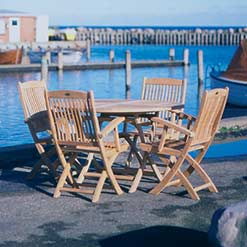


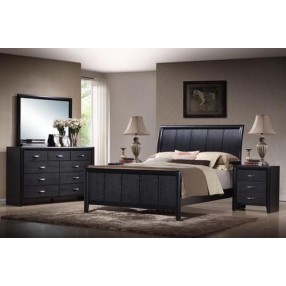
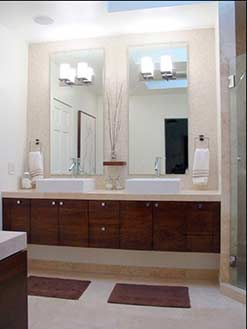
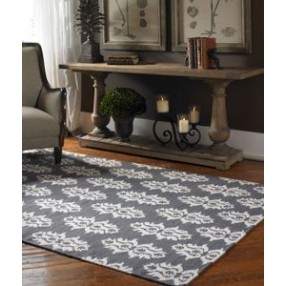
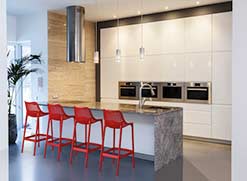
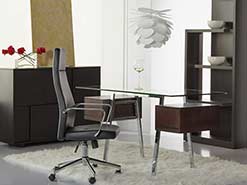

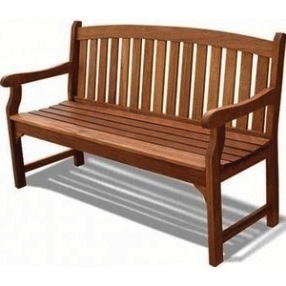
 +1 (401)-484-1591 Call
+1 (401)-484-1591 Call




